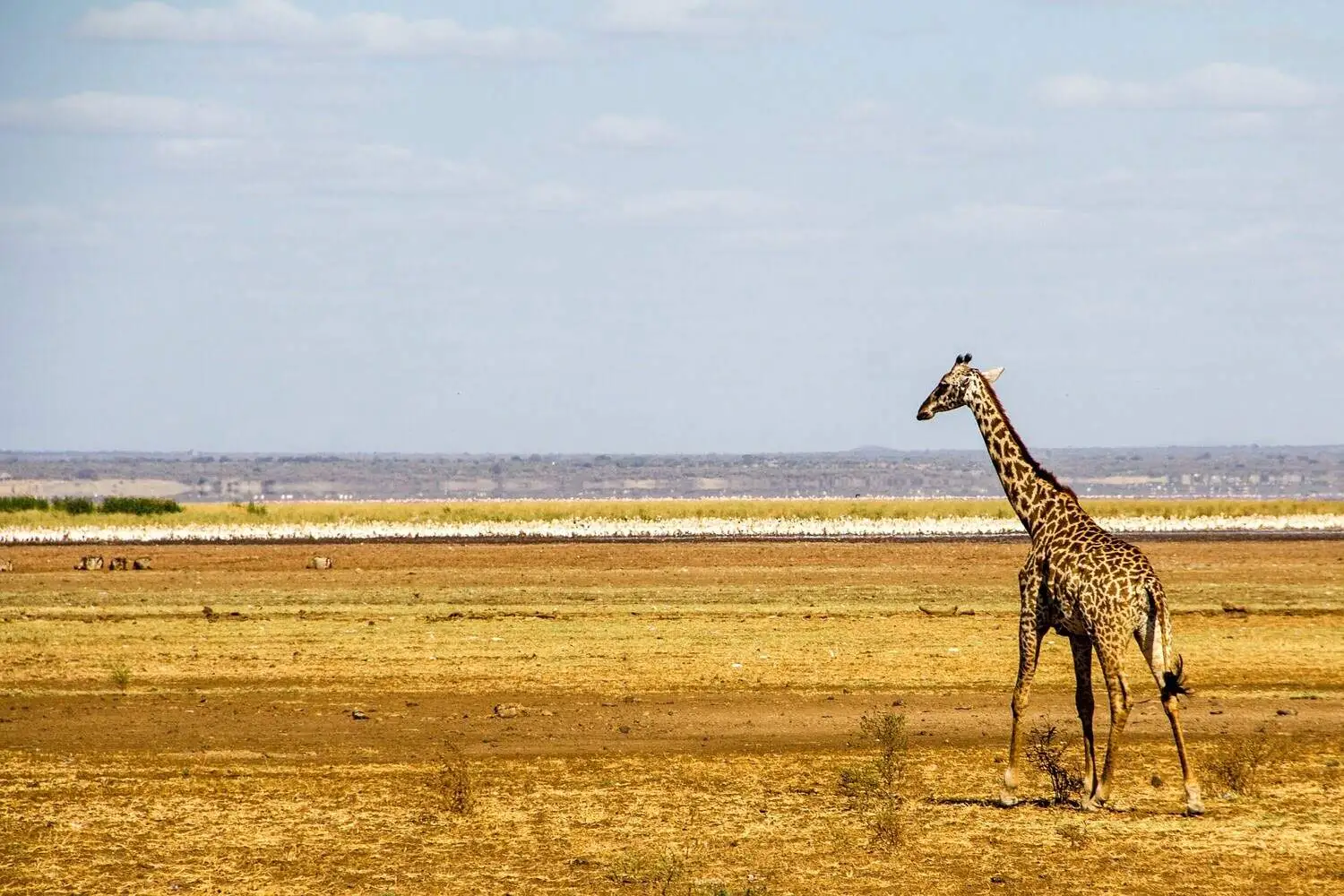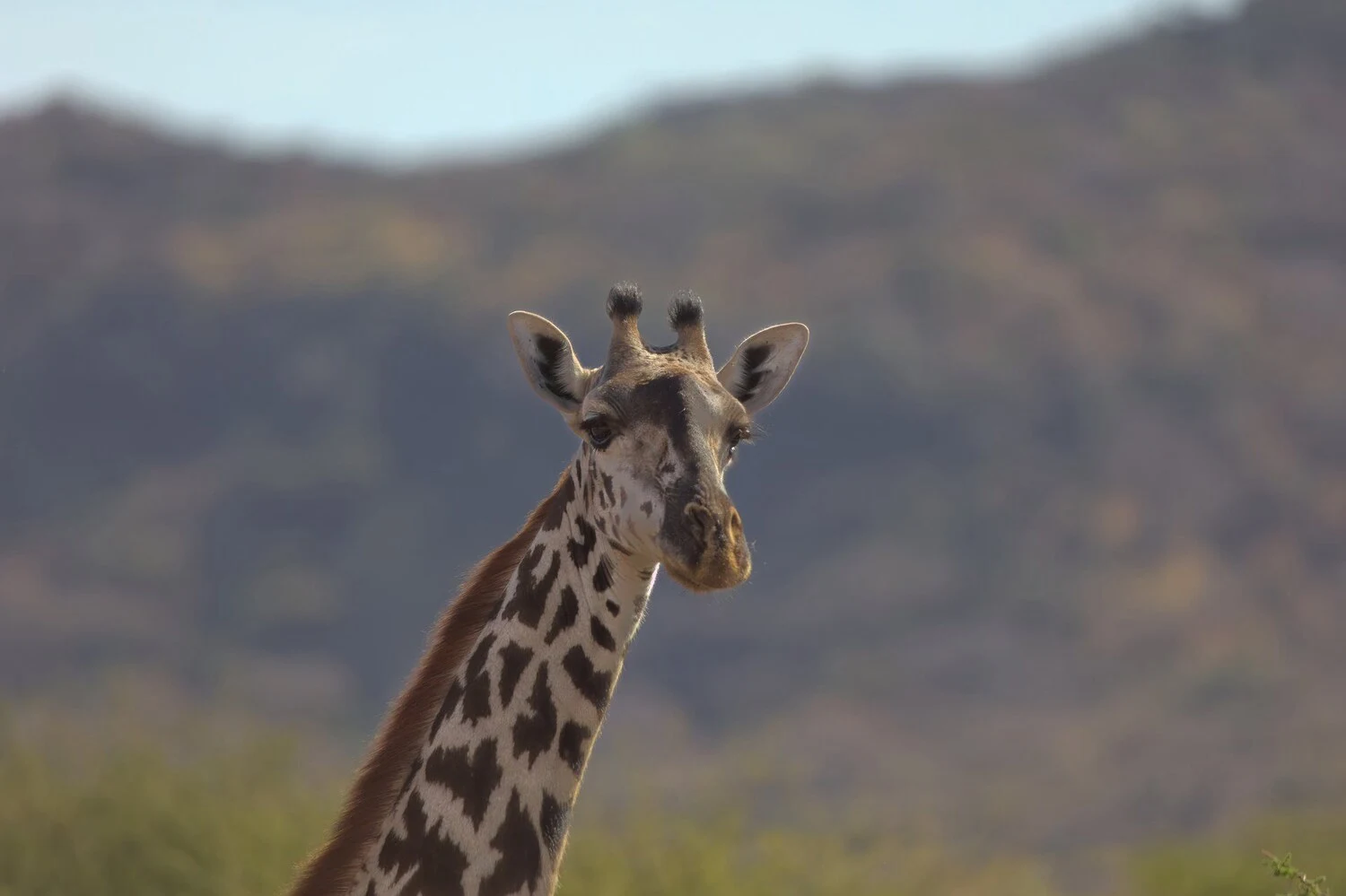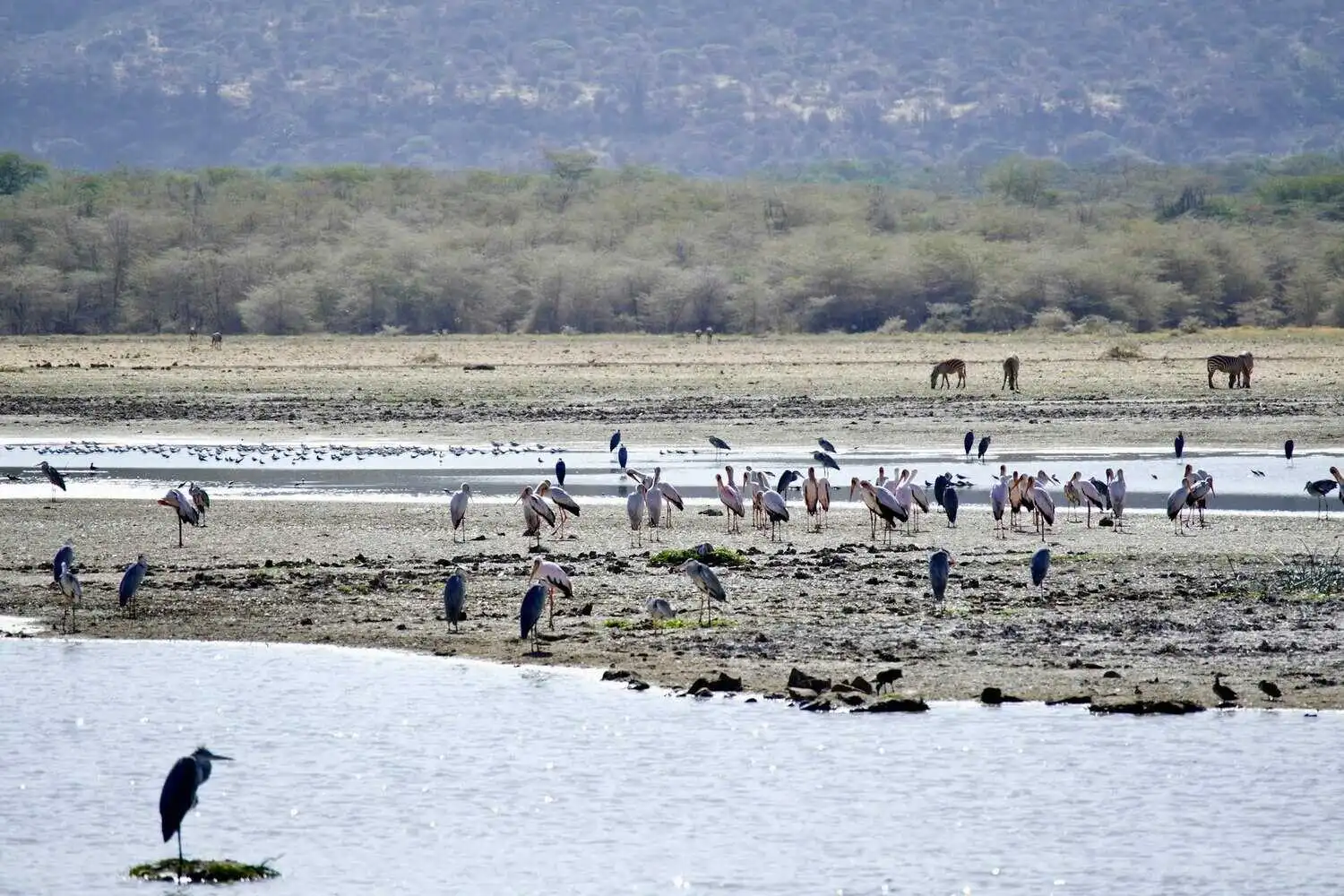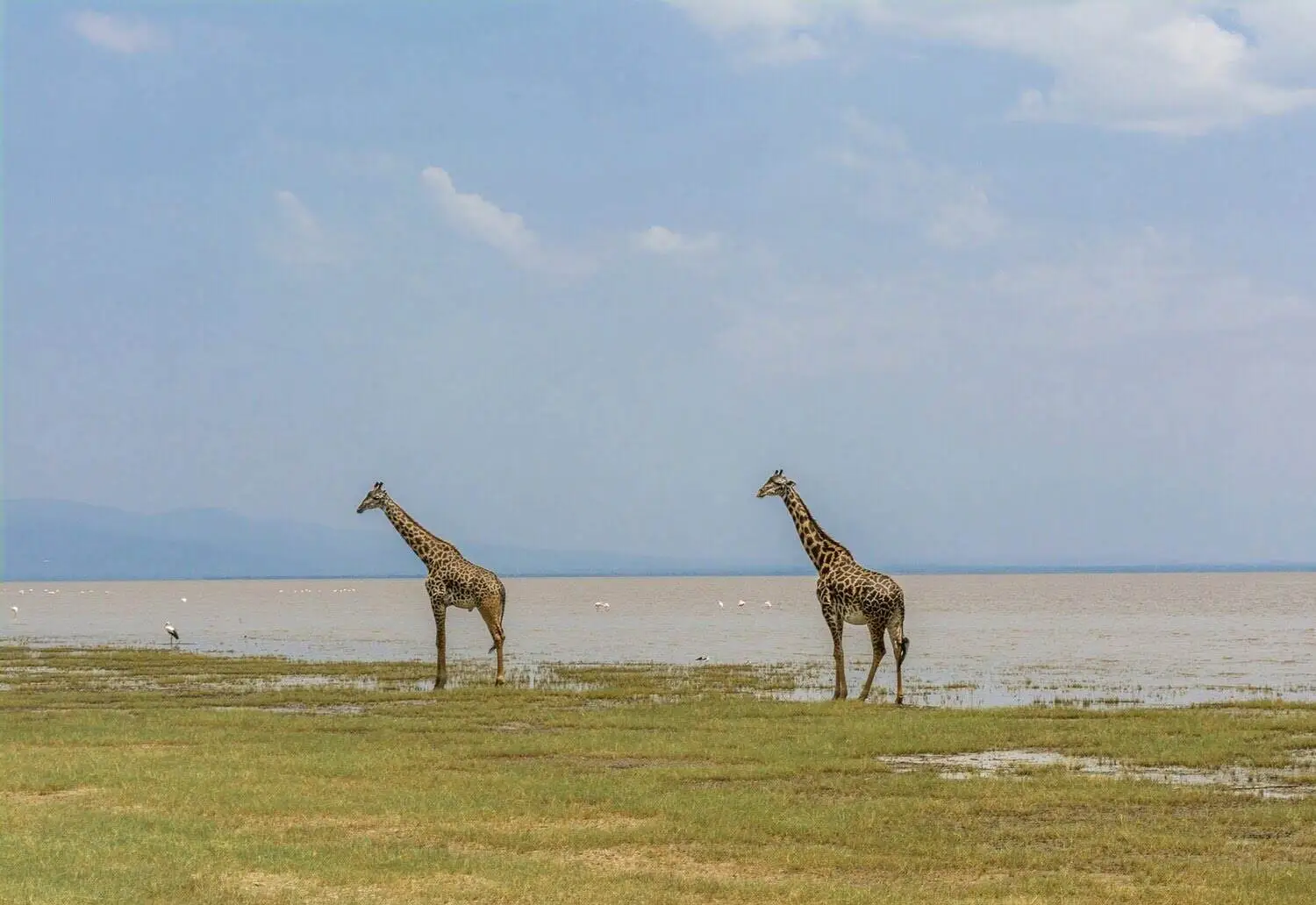Lake Manyara National Park
About Lake Manyara National Park
Tucked away in northern Tanzania, Lake Manyara National Park is a small but mighty slice of African wilderness. This gem got its name from the Maasai word “Manyara,” which refers to the spiky euphorbia bush in the area. The park is famous for its tree-climbing lions, massive flocks of flamingos, and diverse ecosystems packed into a compact space.
Established in 1960, Lake Manyara National Park came to be to protect the unique wildlife and stunning landscapes of the region. The local government recognized the area’s ecological importance and its potential for tourism, leading to its designation as a national park.
Visitors to Lake Manyara can spot a wide array of animals. Besides the unusual tree-climbing lions, you might see elephants wandering through the forest, hippos wallowing in pools, and baboons swinging through the trees. The park is also a birdwatcher’s paradise, with over 400 species recorded, including the striking pink flamingos that often carpet the lake.
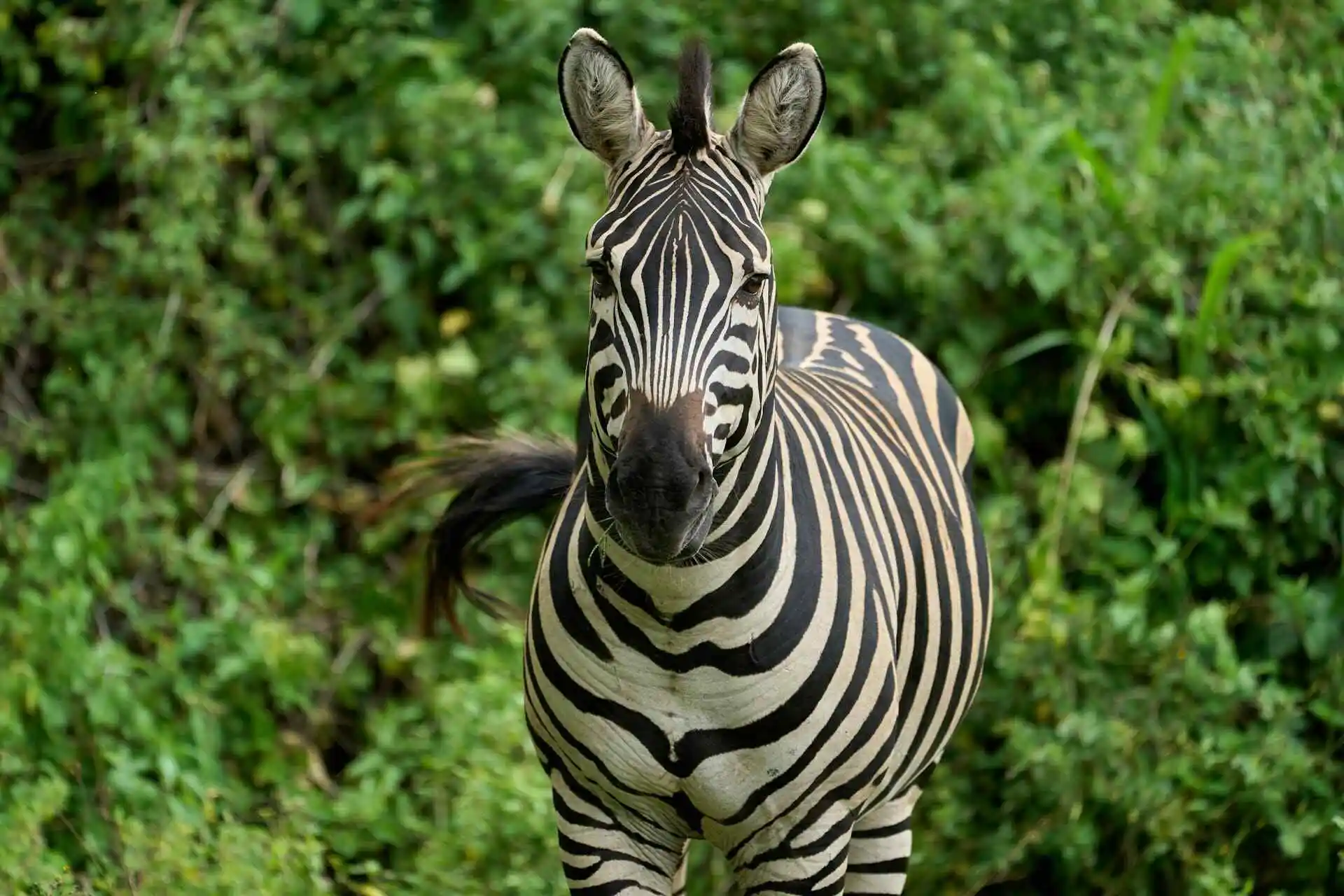
Lake Manyara Safari Tours
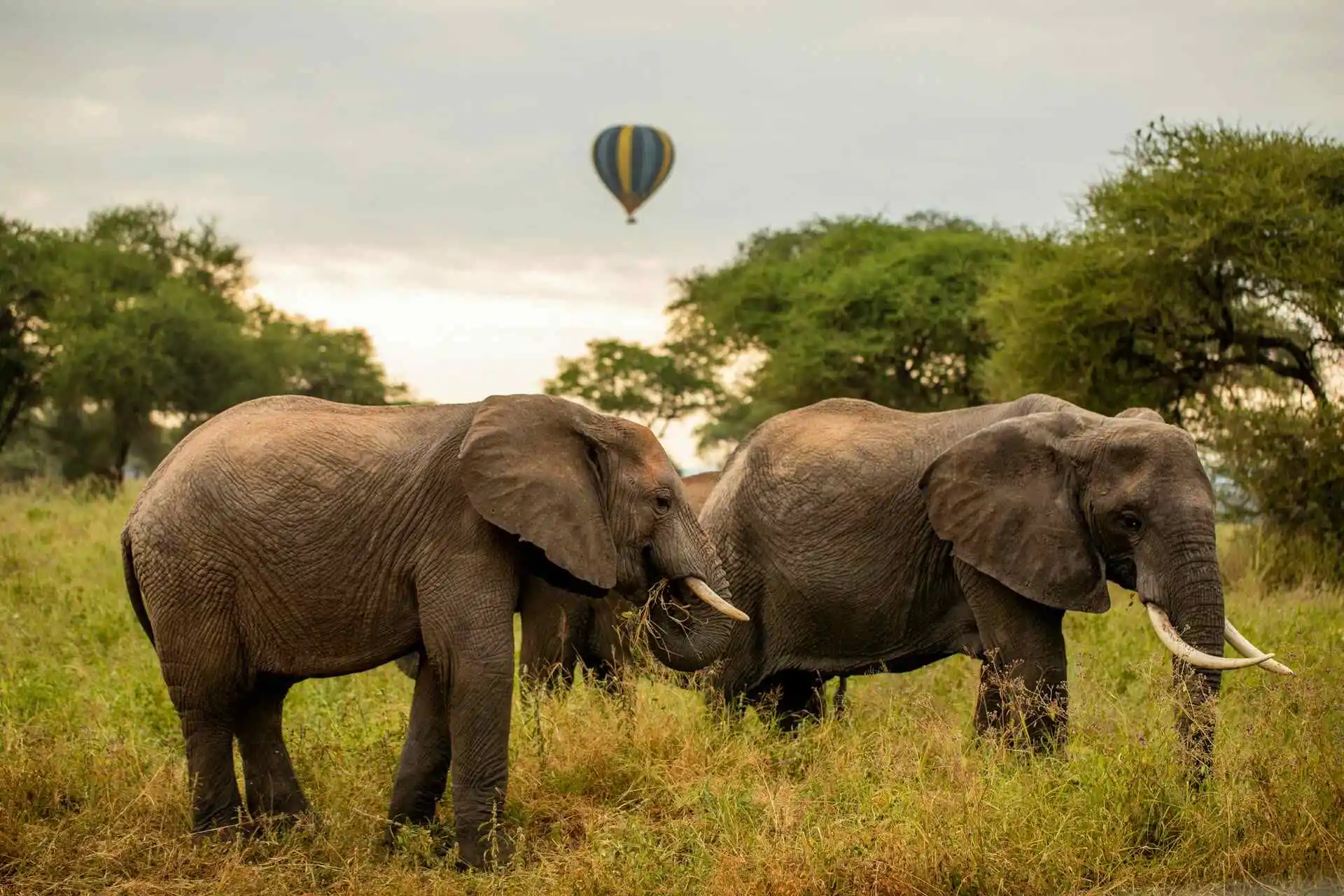
3 Days
Tanzania Safari
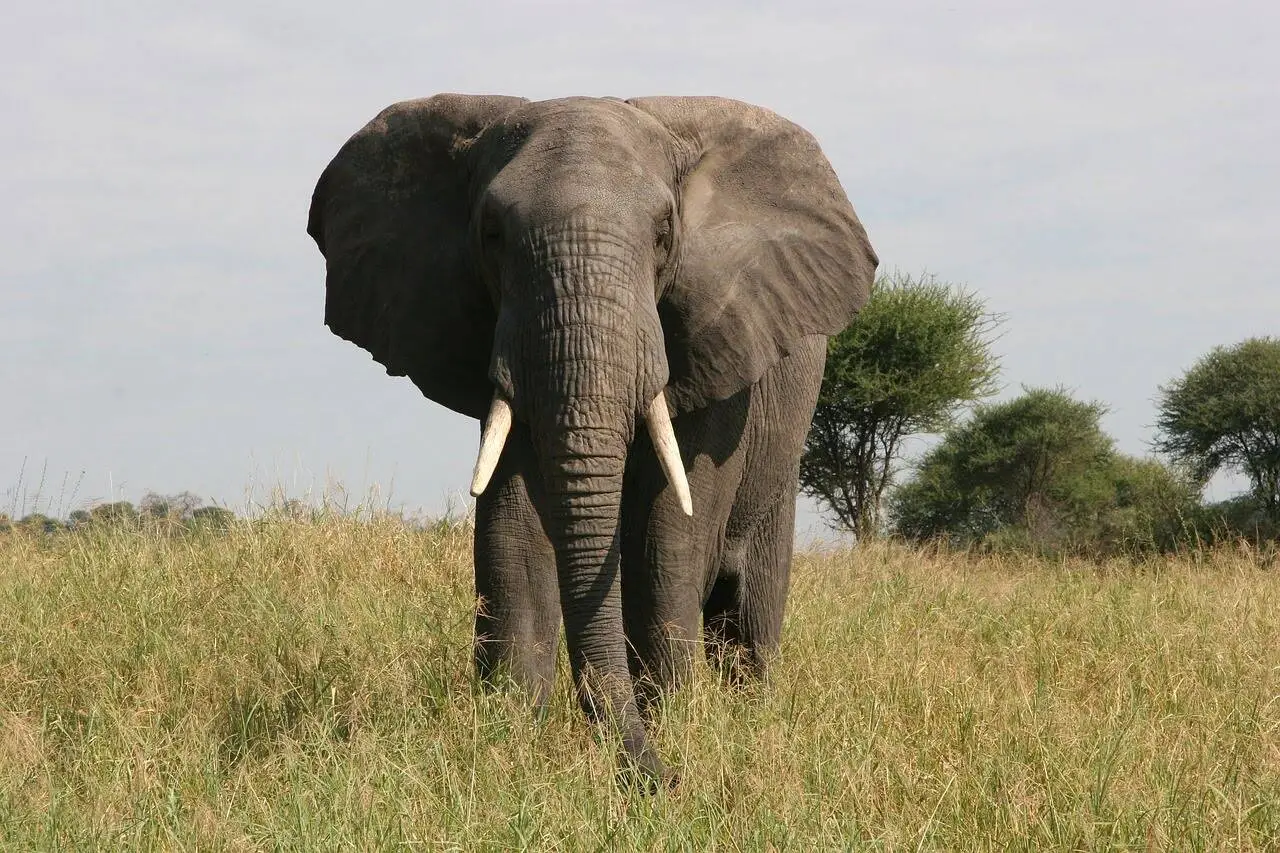
3 Days
Tarangire National Park Safari
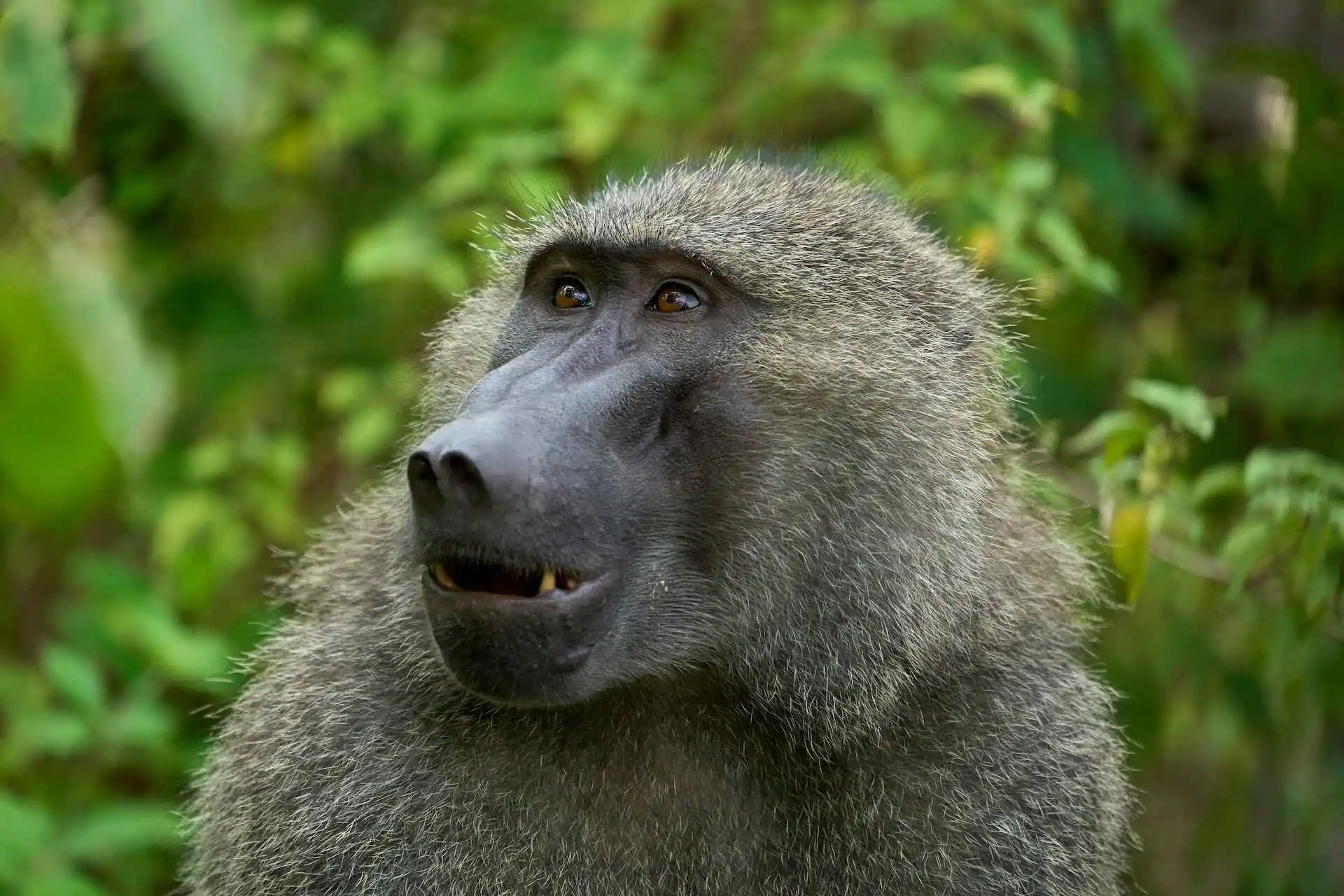
3 Days
Lake Manyara Safari
Wildlife in Lake Manyara National Park

Lake Manyara National Park is a compact wildlife haven. First and foremost, its star attractions are the unique tree-climbing lions, often spotted lounging in acacia branches. Meanwhile, elephant herds roam the lush forests, while buffalo graze in open areas. Additionally, zebras and wildebeest add to the classic safari scene.
Moreover, the lake is a hotspot for bird lovers. When conditions are right, flamingos flock here in thousands, creating a stunning pink spectacle. In fact, over 400 bird species call this park home, from pelicans to eagles. Furthermore, hippos wallow in the shallows, best viewed from the park’s famous hippo pool.
Not to mention, troops of olive baboons are common near the entrance, while giraffes make occasional appearances. On top of that, keep an eye out for smaller creatures too – warthogs, impalas, and tiny dik-diks hide in the undergrowth.
In conclusion, though wildlife sightings vary, Lake Manyara’s diversity ensures every visit is unique. All things considered, it’s a perfect snapshot of African wildlife in one small, accessible package.

Mammals
- African Bush Elephant
- Hippopotamus
- Lion
- Giraffe
- Zebra
- Warthog
- Olive Baboon
- Blue Monkey
- Spotted Hyena
- Bat-eared Fox
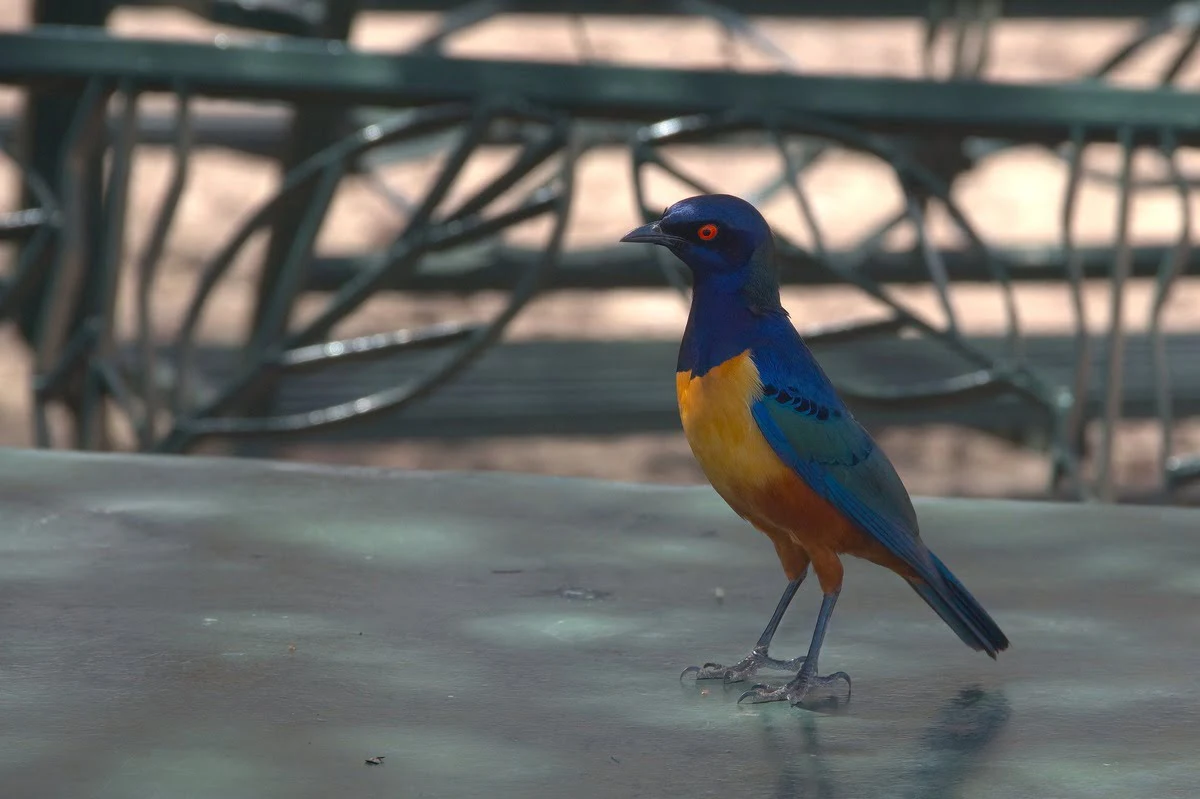
Birds
- Greater Flamingo
- African Spoonbill
- Marabou Stork
- African Fish Eagle
- Secretarybird
- Lilac-breasted Roller
- Abdim’s Stork
- Red-billed Hornbill
- African Paradise Flycatcher
- Hadada Ibis
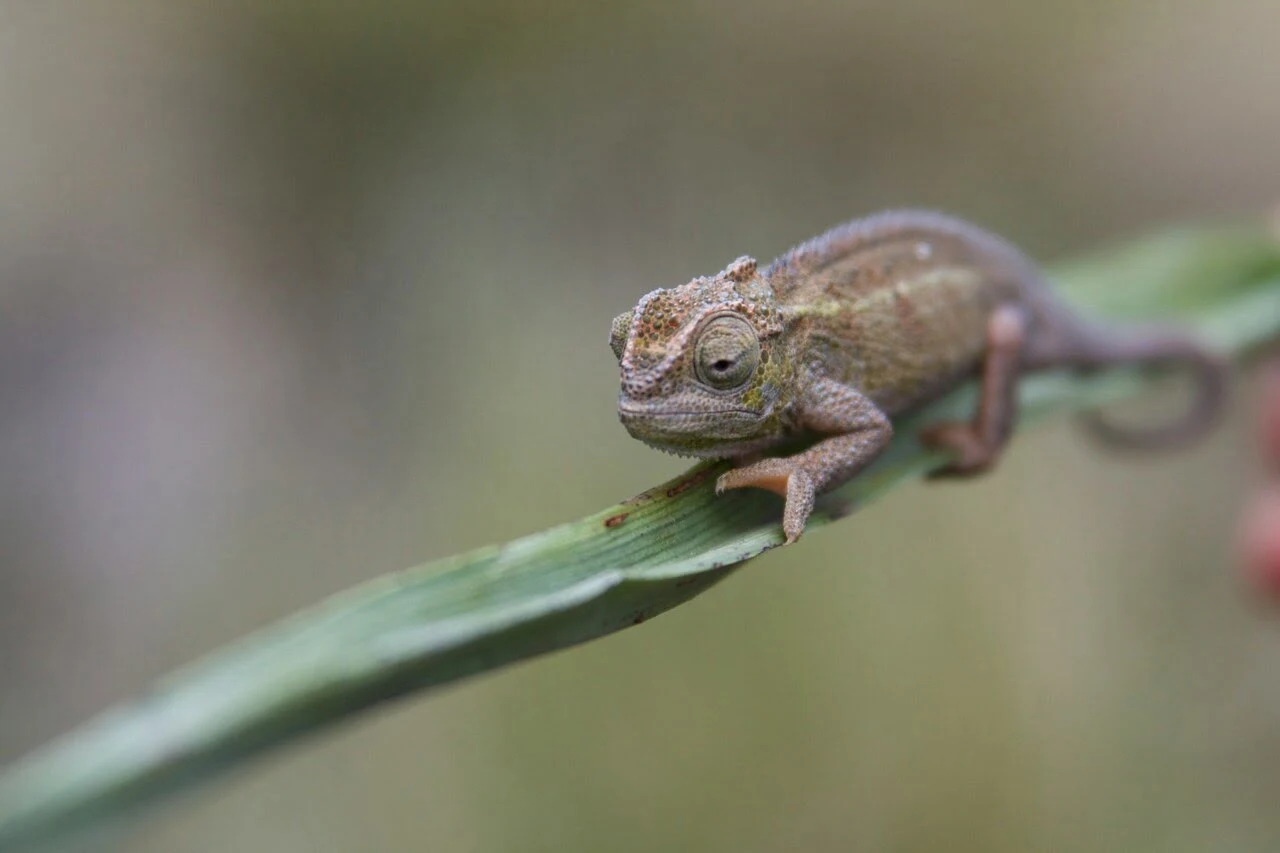
Reptiles
- Nile Monitor
- African Rock Python
- Black-necked Spitting Cobra
- Leopard Tortoise
- Crocodile
- Puff Adder
- Agama Lizard
- Gerrhosaurus
- Chameleon
- Skink
Best Time to Visit Lake Manyara National Park
The ideal time to visit Lake Manyara depends on your interests. The dry season (June to October) is best for wildlife viewing. Animals cluster around water sources, and thinner vegetation improves visibility. However, this is also peak tourist season.
The wet season (November to May) offers lush, green scenery and excellent bird watching. It’s the best time to see large flocks of flamingos. Wildlife can be harder to spot, though.
A short dry spell (January to February) provides a good balance of clear skies and green landscapes.
For fewer crowds, try the “shoulder seasons” – November or March to May. These months offer a mix of wildlife viewing and pleasant weather, with less tourism.
Remember, Lake Manyara’s diverse ecosystems ensure interesting sights year-round. Your choice depends on prioritizing wildlife, scenery, birds, or crowd levels.

Prime Times for Lake Manyara’s Natural Events
Tree Climbing Lions
(Year-round)
While these unique lions can be seen anytime, they’re often more visible during the dry season when foliage is thinner.
Flamingo Flocks
(November to April)
The wet season brings large flocks of flamingos to the lake. Thousands of these pink birds create a stunning spectacle against the blue waters.
Waterfall Viewing
(March to May)
The long rains make this the best time to see the park’s waterfalls in full flow, particularly those cascading down the Great Rift Valley escarpment.
Wildlife Viewing
(June to October)
The dry season is best for spotting animals. As water sources shrink, wildlife gathers near the remaining water, making them easier to spot.
Elephant Herds
(June to October)
Large elephant herds are more commonly seen during the dry season as they move through the park seeking water.
Birdwatching
(November to April)
The wet season attracts numerous migratory birds, adding to the park’s already impressive bird population.
Lake Manyara’s Climate
Lake Manyara National Park has a warm, tropical climate that varies with the seasons. The dry season (June to October) brings cooler temperatures, with warm days and chilly nights. Rainfall is scarce during this time.
The wet season (November to May) is warmer and more humid. Short, intense rain showers are common, especially in the afternoons. Rains turn the landscape lush and green.
The park’s altitude affects its climate too. Areas near the lake are warmer, while higher spots along the rift valley escarpment are cooler.
Despite these changes, Lake Manyara’s climate remains mild year-round. This pleasant weather, along with its diverse ecosystems, makes the park attractive to visitors in any season.
Climate Chart of Lake Manyara National Park
| Month | Jan | Feb | Mar | Apr | May | Jun | Jul | Aug | Sep | Oct | Nov | Dec |
|---|---|---|---|---|---|---|---|---|---|---|---|---|
| Min (°C) | 16 | 16 | 17 | 17 | 16 | 14 | 13 | 13 | 14 | 15 | 16 | 16 |
| Max (°C) | 29 | 29 | 28 | 27 | 26 | 25 | 25 | 26 | 28 | 29 | 28 | 28 |
How to Reach Tanzania
Getting to Tanzania is quite straightforward, with air travel being the most popular option. The country has several international airports that welcome visitors from around the world.
Firstly, Julius Nyerere International Airport in Dar es Salaam is a major entry point. Additionally, Kilimanjaro International Airport near Arusha serves many tourists heading to the northern safari circuit. Lastly, Mwanza International Airport offers another option for those traveling to the western part of the country.
Many well-known airlines fly to Tanzania, making it easy to find a suitable flight. For instance, Emirates and Qatar Airways offer routes from the Middle East. Meanwhile, European travelers can choose from airlines like KLM, Air France, or British Airways. Furthermore, Air India and IndiGo provide connections from South Asia.
Getting to Lake Manyara
Most visitors start their journey by flying into Kilimanjaro International Airport near Arusha. From there, you have two main options to reach Lake Manyara.
Firstly, you can take a scenic road trip, which takes about two hours from Arusha. Alternatively, you can opt for a short domestic flight to Lake Manyara Airport, followed by a brief drive to the park entrance.
Thanks to its convenient location, Lake Manyara can be easily combined with other top safari spots in Tanzania, such as Serengeti, Ngorongoro Crater, or Tarangire National Park.
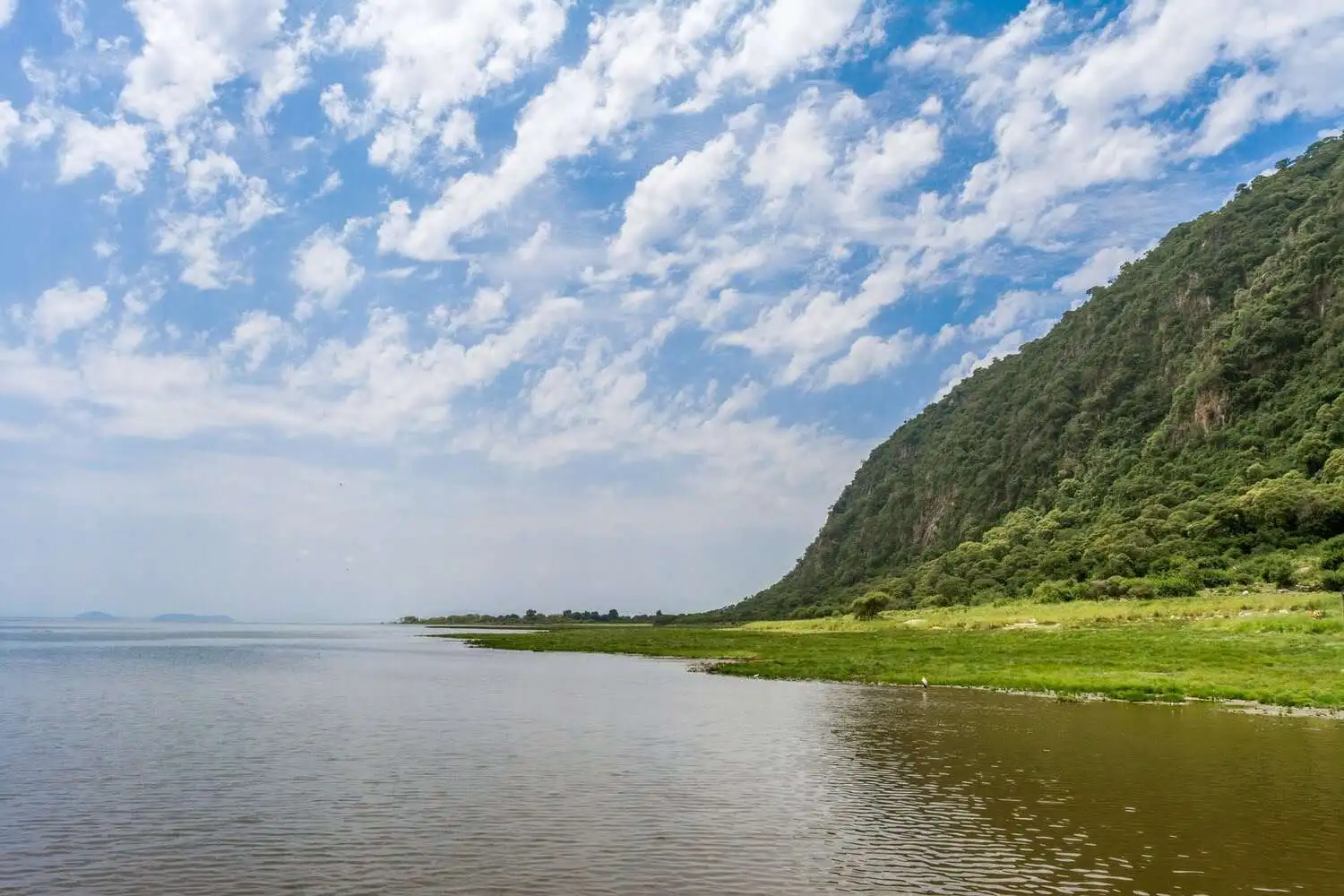

By Air

By Road
The drive from Arusha to Lake Manyara National Park is about 126 kilometers (78 miles) and typically takes around 2-3 hours. The road is well-maintained and offers scenic views of rural Tanzania. Many visitors choose this option as it allows them to see more of the country. Tour operators often include stops at local markets or viewpoints along the way, adding to the experience.


